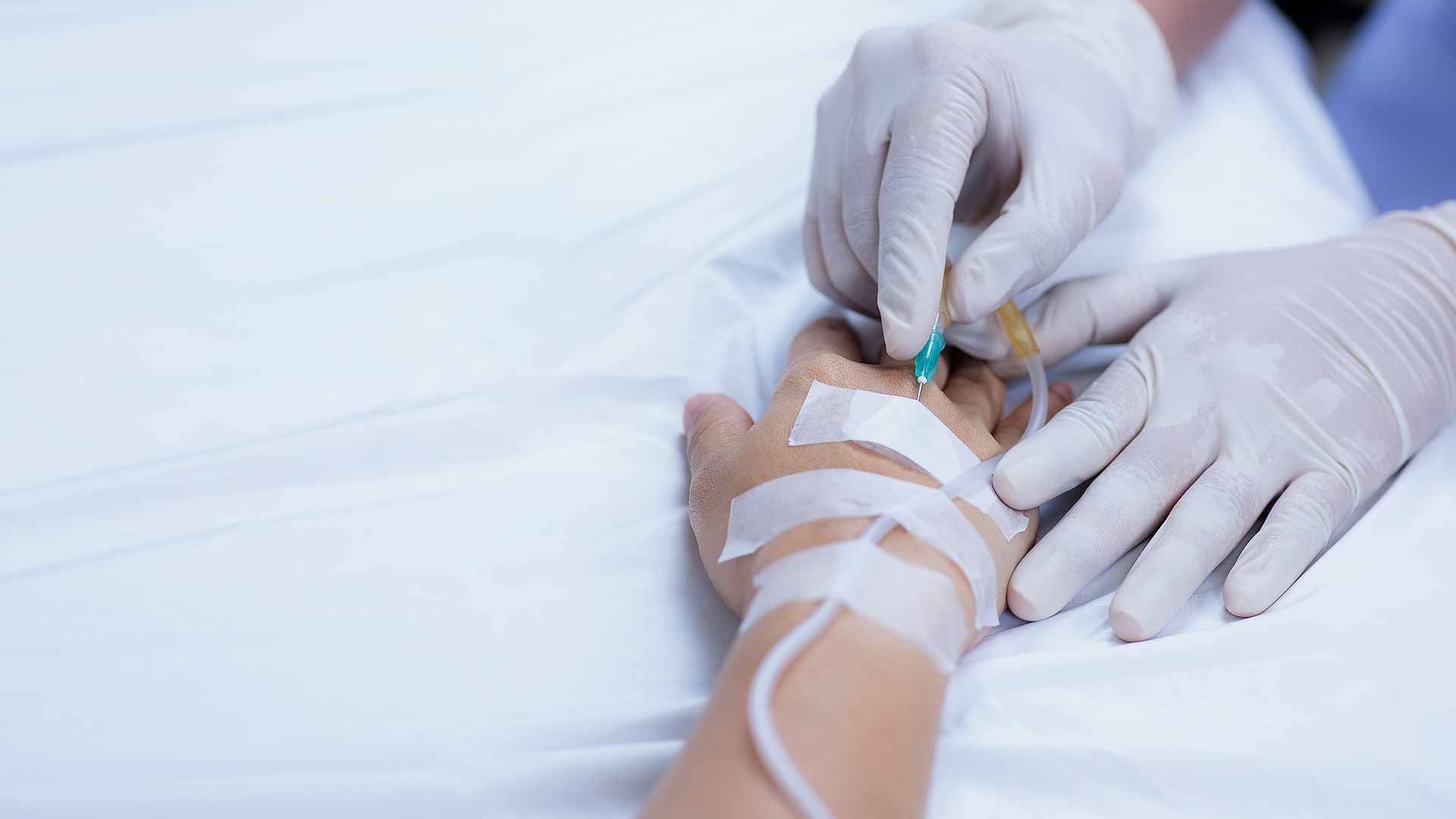1. Fall in blood cell counts
This happens to both red blood cells that carry oxygen around the body and white blood cells that fight infections.
2. Nausea and vomiting
This is a common side effect that occurs because chemotherapy irritates the gastrointestinal tract.
3. Hair loss
This happens as hair follicles have cells that regenerate rapidly and this is exactly what chemotherapy seeks to slow down and destroy. Thus hair may fall to the extent of making the patient bald.
4. Mouth sores and infections
This is also accompanied with a dry throat, changes in sense of smell and taste along with increased sensitivity in teeth and gums.
5. Pain all over the body
This extends to body aches, bone aches, and stomach aches as well. During chemotherapy, burning and numbing sensations are also experienced throughout the body.
